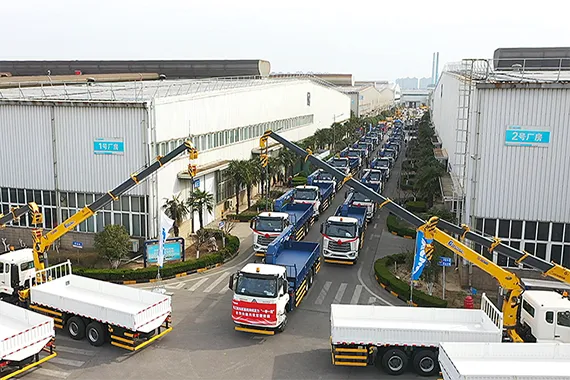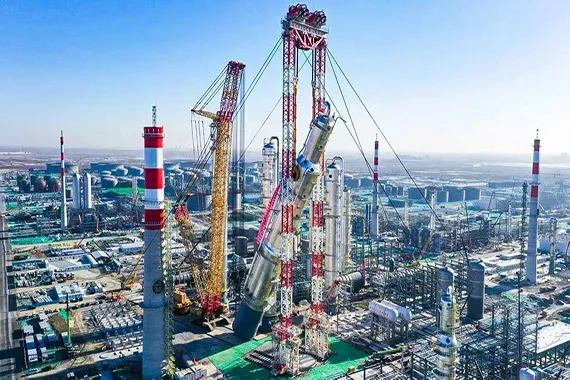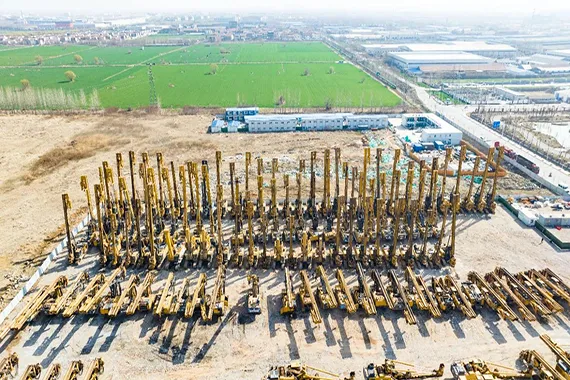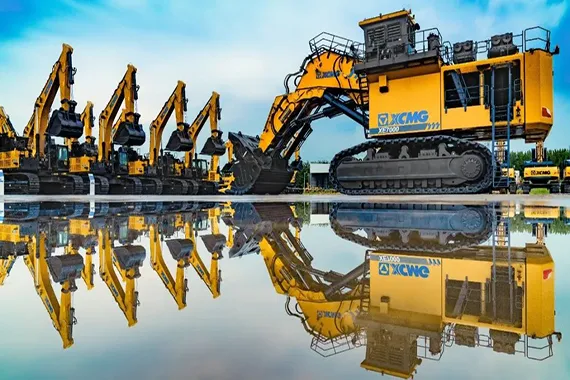3 Crisis Lessons for SMEs in Economic Resilience from Germany’s Construction Sector
By Mike Hayes
The coronavirus pandemic inflicted severe
disruption on businesses across many sectors and geographies.
Against that backdrop though, and at a time
when the Germany’s national economy fell by more than 11%, the country’s
construction industry posted real annual output growth of 1.6% in the second
quarter of 2020.
While it’s possible to explain some of the
sector’s ability to buck the wider economic impact of Covid-19, with the
ability of building sites to often stay open during national lockdowns, the
fall in activity during both 2020 and even the 2009 global financial crisis in
Germany’s construction industry was less than those of other Eurozone
countries.
This points to a level of crisis resilience
that may contain lessons for small and medium-sized enterprises (SMEs) facing
future shocks regardless of the industry they’re in.
In order to identify the strategies that
German construction firms used that help to insulate their businesses, Oxford
Economics teamed up with IfM Bonn, a thinktank concerned with SMEs, in a study
commissioned by the German Federal Office for Building and Regional Planning.
We identified three distinct types of
resilience that provided different levels of insulation for firms facing a
crisis.
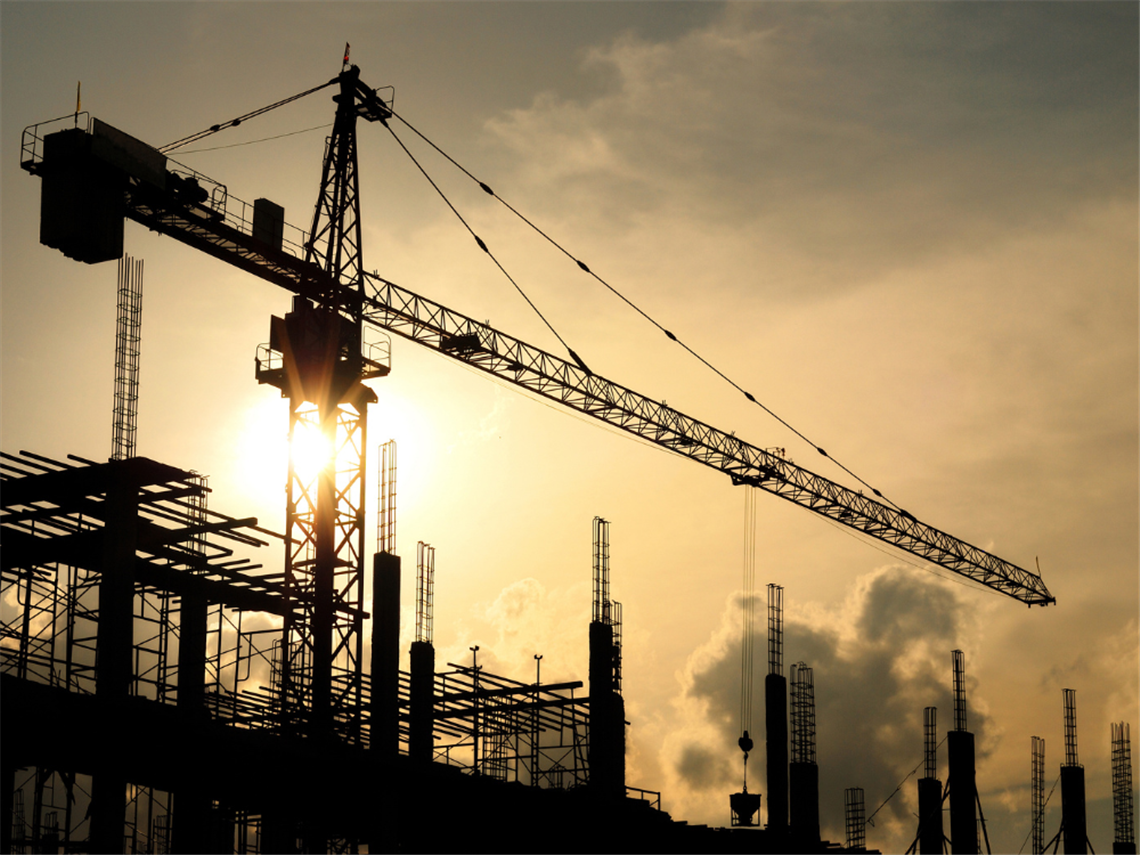
Three levels of resilience
The first resilience type was what we
called “simple” resilience — the ability of entrepreneurs to take immediate
measures during a crisis to mitigate its impacts. These included taking swift
action to eliminate liquidity bottlenecks by collecting outstanding debts,
drawing down savings and reducing costs.
At the same time, firms also used their
experience of previous crises, which we called “reflexive” resilience.
One example learned during the Covid-19
crisis was to focus on strategic liquidity management that aimed to keep
outstanding debts low via consistent invoicing strategies, reduce their
dependency on specific customers and suppliers, and diversify into more
business areas.
The third group we called “adaptive”
resilience. The essence of this strategy is the ability to anticipate
structural threats in advance and take measures to mitigate them the moment a
crisis breaks out.
While all three groups are related and
important to strengthen overall crisis resilience, it is the third group that
contains the most powerful lessons to enable firms to take measures needed to
withstand a crisis.
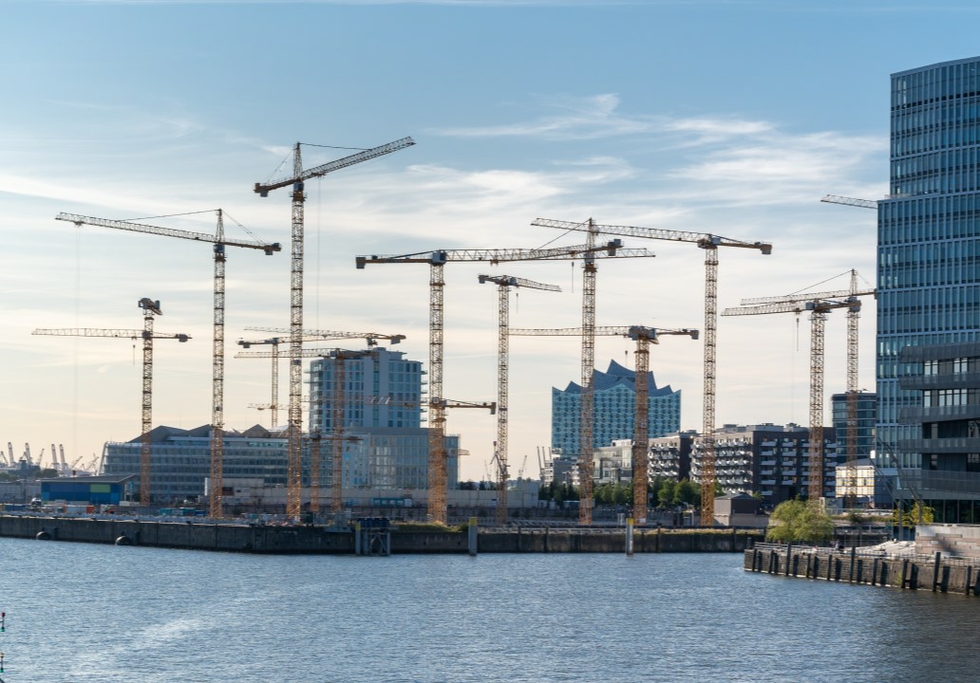
Breaking it down
At the heart of adaptive resilience is the
ability to identify trends such as climate change, digitisation, and shortage
of skilled workers that harbour the potential for crises.
By identifying the potential threat these
issues pose, managers can draw the right conclusions about the potential impact
and take the necessary measures to prepare for their effects.
Keeping an eye on changes in the market,
for example by exchanging ideas with other entrepreneurs and experts, can
strengthen the hand of SME owners not only to deal with an acute crisis, but
also to recognise promising trends at an early stage and to use them as business
opportunities.
A good example is digitisation. One
entrepreneur told us, as part of our interviews with 15 SMEs, that they drew on
fellow entrepreneurs’ experiences when deciding which program to purchase. “We
talked to people who already have the programs up and running.
“And then we simply decided as a team which
program would probably be the one that caused us the fewest problems.”
When it comes to dealing with the
challenges posed by climate change and policies around it, German construction
companies demonstrated adaptive resilience by identifying the opportunities
from operating sustainably, as well as working to reduce the risks.
One entrepreneur points out: “Of course,
climate change can actually be a gift for us. It is, after all, an economic
engine.
“If we stop buying oil and try to save
energy, we have to insulate houses or install heating systems or solar panels
on the roof, everything results in some kind of construction measures. That’s a
great story for us craftsmen, of course.”
Then again, he also identifies measures to
seize this opportunity: “This is only a good opportunity if you position
yourself well, have a vision of where your company wants to go and train your
employees accordingly.”
Some companies in our sample were
successful in planning far in advance which projects they would carry out, at
what time, and which building materials they would need for the implementation.
“That’s why extremely long, forward-looking planning is the be all and end
all,” one said.
Fitter for fragile future
The recent spate of crises, from the
coronavirus pandemic to the Ukraine war and the spike in inflation, shows how
difficult — if not impossible — it is to forecast future crises.
But the experience of one sector in one
country offers lessons for other small and medium-sized business caught up in a
predicament not of their making.
At the basic level, it is a reminder of the
need for “simple” measures, such as strategic liquidity protection and
continuing diversification – not just of customers but of markets, financiers
and suppliers.
But one key lesson from the Covid-19 crisis
is that some so-called “universal” solutions that are deemed to help with
organisational resilience during times of economic stability could have the
opposite impact during a crisis.
One example is “just in time production”,
which had to be reversed after firms found themselves short of key supplies and
replaced by “just in case” stock management.
Ultimately the main lesson for
entrepreneurs to entrepreneurs is to anticipate threats in advance and take
measures that help to mitigate a crisis, rather than dealing with them once
they have occurred.
It is this magic recipe of identifying
structural changes, exploiting intuition and foresight, and drawing on
knowledge built on experience that enables firms to be ready for any potential
challenges that might arise.
Firms must, of course, take immediate
action to mitigate the consequences of the crisis, but those that are
strategically clever and take transformative measures ahead of unknown future
crises will be better placed to withstand the impacts of potentially damaging
events, and therefore be more prepared for a more fragile future.
